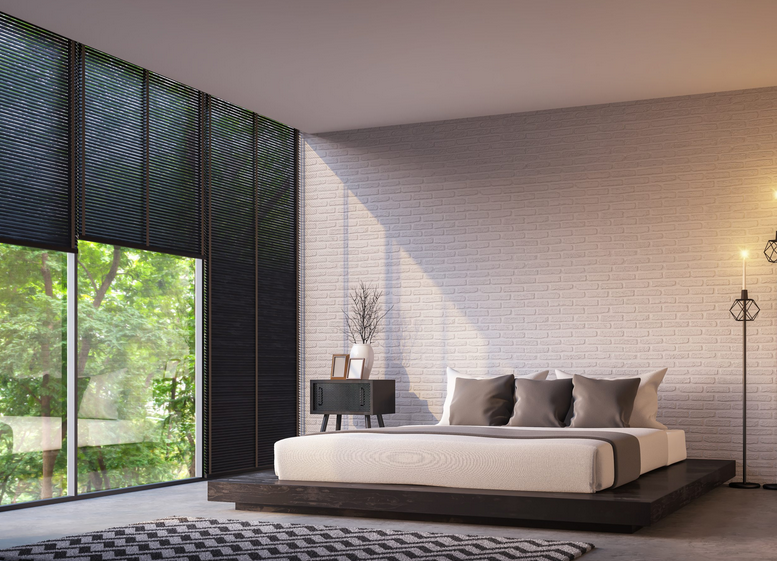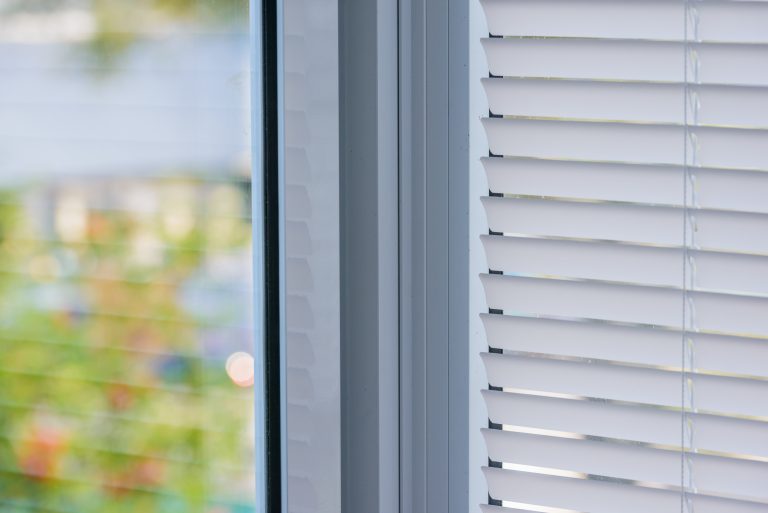In a hospital, privacy curtains serve an important purpose. They allow patients to experience some privacy. They allow them to have their own separate space. They also permit the giving of medications and other services without the entire ward being party to the events. Yet, research indicates that privacy curtains may also be responsible for carrying and transmitting disease. Does this mean hospitals should eliminate cubicle and other curtains? No. It merely indicates the need for antimicrobial curtains.
What are Antimicrobial Curtains?
Old hospital curtains suffer from several annoying characteristics. They may bit be inherently flame retardant, and dangerous. They may be heavy. These old cubicle curtains are also characterized by a potentially dangerous trait. They may carry disease-carrying microbes. To fight against this problem, antimicrobial curtains have been produced. They are believed to help fight the spread of several noxious microbes including those that cause methicillin-resistant staphylococcus aureus (MRSA), C.difficile and vancomycin-resistant enterococci (VRE).
Why Antimicrobial Curtains?
Old privacy curtains have been found to be contaminated in as little as a week. Research has indicated that the implementation of antimicrobial curtains increases the time. Contamination does not occur within such a short period. In fact, according to the research from one study, it took seven times as long for an antimicrobial curtain to become infected than it did a traditional curtain.
How to Produce an Antimicrobial Curtain
Antimicrobial curtains are curtains that have been treated with an antimicrobial at one of two stages. They may:
- Receive an antimicrobial coating after the fiber or fabric is finished
- The antimicrobial agent is incorporated as part of the actual fabric spinning process, This is common for nylon and polyester
This results in an antimicrobial curtain that may be either bacterio-static or bacteri-cida. The former is currently favored because it is lower risk to human health than is the latter.
While this process of making curtains antimicrobial is not required, many hospitals are selecting their new cubicle curtains with this in mind.
Privacy curtains can be old, traditional and prone to bacterial infections. Hospitals wish to reduce the chances of patient exposure to different forms of bacteria. To combat the instances and risks to patients, they are turning to antimicrobial curtains. This product has been found, through solid research, to potentially decrease the overall risk. While hospitals and government agencies have not yet made it mandatory to use only antimicrobial curtains, this may be part of the future recommendations and requirements of all health facilities. For more information, visit http://www.cubecare.com/catalog/s157-cube-care-disposable-curtains.php.


